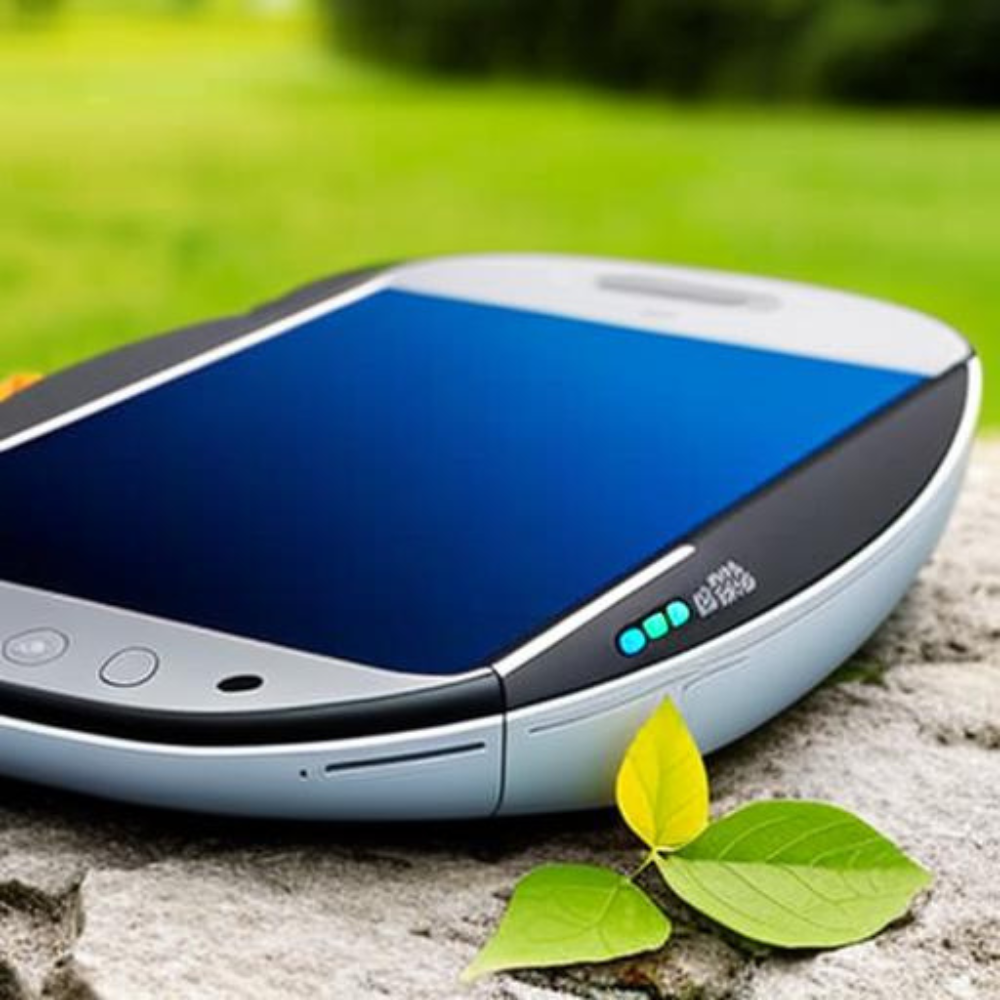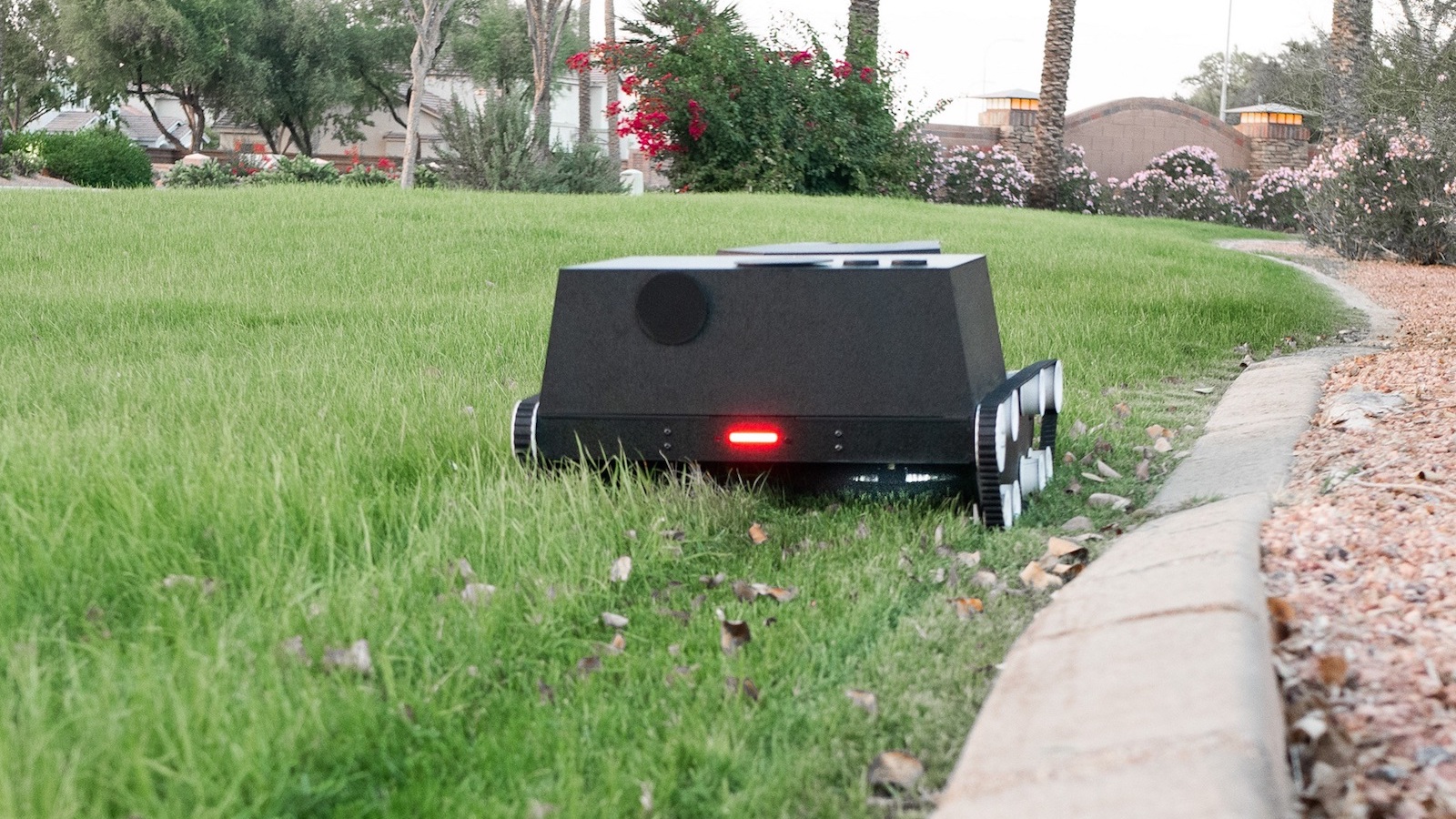The increasing use of smart gadgets has undoubtedly transformed the way we live our lives, from smartphones and tablets to smartwatches and home automation devices. However, this technological advancement also comes with a significant environmental impact. The production and disposal of smart gadgets have a significant carbon footprint, and the energy consumed during their use also contributes to greenhouse gas emissions. Here are some of the impacts of smart gadgets on the environment.
Manufacturing
The production of smart gadgets requires a vast amount of resources and energy, which can have a significant impact on the environment. The mining of raw materials like copper, gold, and rare earth minerals can cause environmental degradation and pollution. Additionally, the manufacturing process of smart gadgets requires energy-intensive processes that contribute to greenhouse gas emissions.
Energy Consumption
Smart gadgets require energy to operate, and the constant use of these devices can have a significant impact on the environment. Smartphones and tablets consume energy from their batteries and require frequent charging, which contributes to greenhouse gas emissions from the electricity used to charge them. Home automation devices, like smart thermostats and lighting systems, also consume energy and contribute to greenhouse gas emissions.
Electronic Waste
The disposal of smart gadgets also has a significant impact on the environment. Electronic waste, or e-waste, is the fastest-growing waste stream globally and can lead to environmental pollution if not managed correctly. Many smart gadgets contain hazardous materials like lead, cadmium, and mercury, which can contaminate the environment if not disposed of properly.
Planned Obsolescence
Smart gadget manufacturers often design devices with planned obsolescence in mind, meaning they are intentionally designed to become outdated or stop functioning after a certain period. This practice encourages consumers to replace their devices more frequently, contributing to electronic waste and the environmental impact of manufacturing new gadgets.
Recycling and E-waste Management
Proper recycling and e-waste management can reduce the environmental impact of smart gadgets. Many manufacturers now offer take-back programs and recycling initiatives, making it easier for consumers to dispose of their devices correctly. Additionally, recycling and reusing electronic components can reduce the need for new raw materials and reduce greenhouse gas emissions from manufacturing.
Conclusion
In conclusion, the impact of smart gadgets on the environment is significant and requires action from both manufacturers and consumers to reduce their environmental impact. While the convenience of smart gadgets is undeniable, it is essential to be aware of the environmental impact and take steps to reduce it. Proper recycling and e-waste management, along with energy-efficient usage, can help reduce the impact of smart gadgets on the environment. By making small changes, we can minimize our impact on the environment and enjoy the benefits of smart technology.





